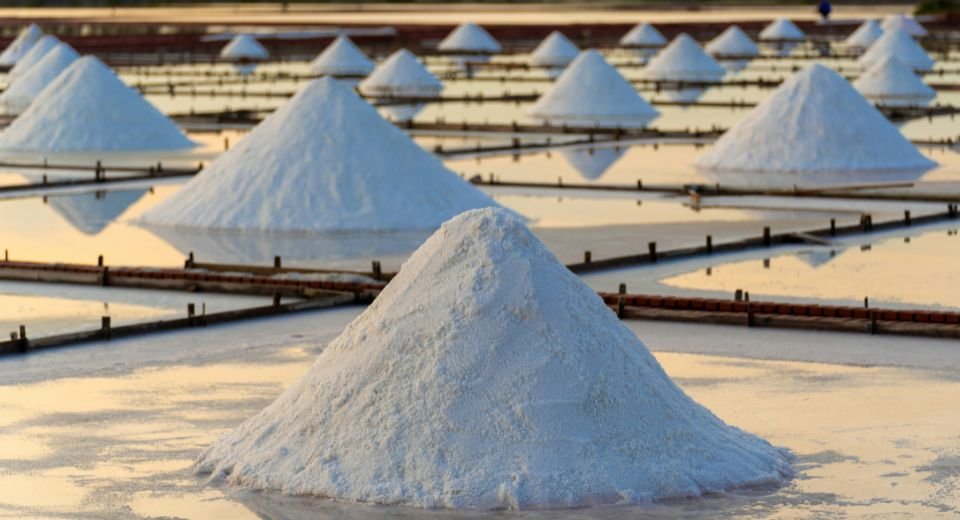HQ Team
July 6, 2025: A sponge-like material with long, microscopic air pockets that uses sunlight and a simple plastic cover can turn saltwater into freshwater, according to Chinese researchers.
To make seawater drinkable, the desalination plants require large amounts of energy, and earlier scientists have created spongy materials out of hydrogels that use sunlight as an energy source for cleaning or desalinating water.
A loofah-inspired hydrogel with polymers inside its pores was tested in 2023 by US researchers, with chromium-contaminated water, and when heated by the sun, the hydrogel quickly released a collectable, clean water vapour through evaporation.
The Chinese researchers now have a proof-of-concept test ready by using aerogels outdoors to successfully produce potable water in natural sunlight in a step toward low-energy, sustainable desalination, according to a statement from the American Chemical Society.
Squishy, liquid-filled
Hydrogels are squishy and liquid-filled, while aerogels are more rigid, containing solid pores that can transport liquid water or water vapour. Hydrogels are three-dimensional, cross-linked polymer networks that can absorb and retain large amounts of water, forming a gel-like, soft, and elastic material.
They have a solid-like structure due to the polymer network, which swells but does not dissolve in water. Hydrogels are used in biomedical applications, drug delivery, wound dressings, and tissue engineering because of their biocompatibility and water retention.
Aerosols are suspensions of fine solid particles or liquid droplets dispersed in a gas, usually air.
They are a physical state or mixture, not a material type like hydrogels. Aerosols can be composed of water droplets, pollutants, dust, or even hydrogel particles suspended in air.
Atmospheric aerosols can sometimes contain gel-like marine polymer particles, but these are dispersed in air as droplets or particles rather than forming a continuous gel network.
Porous aerogels
Aerogels have been tested as a means of desalination, but they are limited by their evaporation performance, which declines as the size of the material increases.
The researchers wanted to design a porous desalination aerogel that maintained its efficiency at different sizes.
The researchers made a paste containing carbon nanotubes and cellulose nanofibers and then 3D-printed it onto a frozen surface, allowing each layer to solidify before the next was added. This process formed a sponge-like material with evenly distributed tiny vertical holes, each around 20 micrometers wide.
They tested square pieces of the material, ranging in size from 0.4 inches wide (1 centimeter) to about 3 inches wide (8 centimeters), and found that the larger pieces released water through evaporation at rates as efficient as the smaller ones.
‘Full-capacity desalination’
During an outdoor test, the researchers placed the material in a cup containing seawater, and it was covered by a curved, transparent plastic cover.
Sunlight heated the top of the spongy material, evaporating just the water, not the salt, into water vapour. The vapour collected on the plastic cover as liquid, moving the now clean water to the edges, where it dripped into a funnel and container below the cup.
After 6 hours in natural sunlight, the system generated about 3 tablespoons of potable water.
“Our aerogel allows full-capacity desalination at any size,” said Xi Shen at the Department of Aeronautical and Aviation Engineering, The Hong Kong Polytechnic University, Hung Hom, Kowloon, Hong Kong SAR China.
It “provides a simple, scalable solution for energy-free desalination to produce clean water,” he said.
